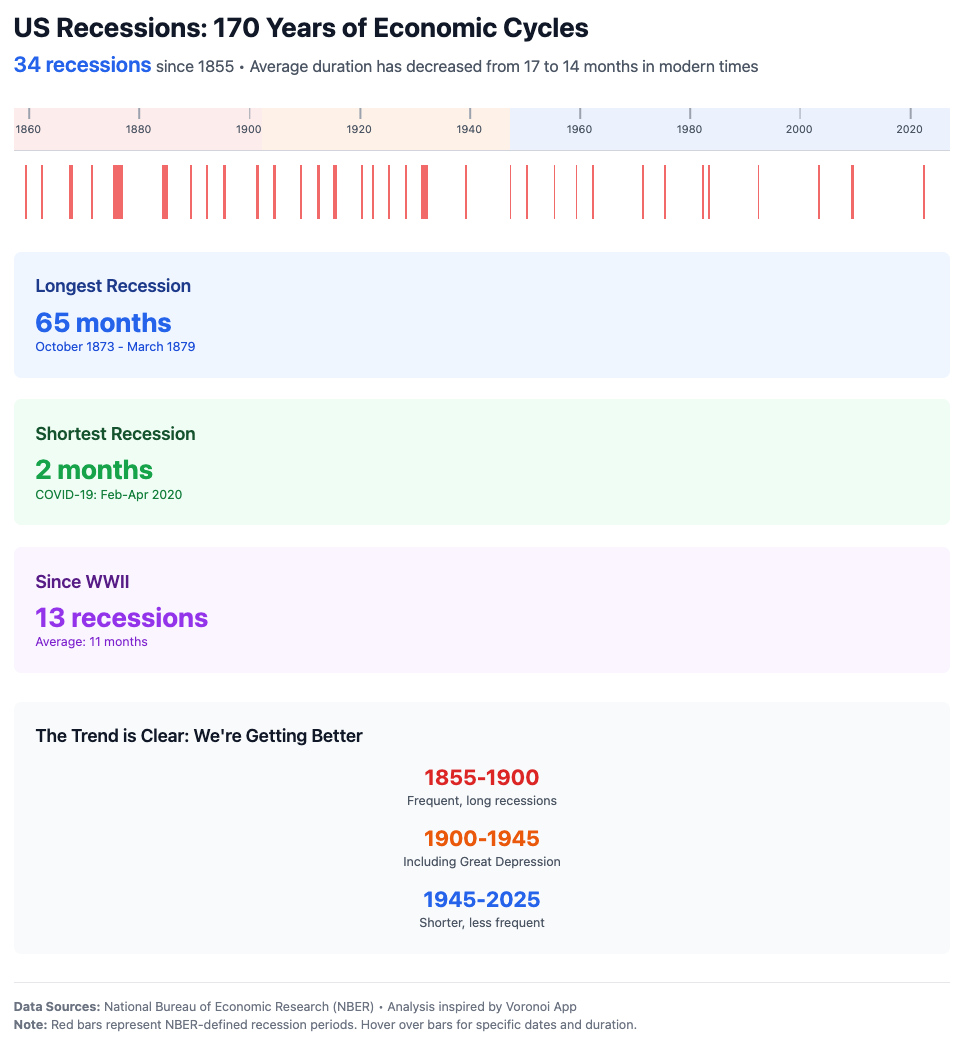Tax-free retirement accounts: how to maximize your wealth in retirement
- Anatoly Iofe

- Feb 21
- 4 min read

Planning for retirement is a crucial aspect of financial security, and one of the most effective strategies is leveraging tax-free retirement accounts. These accounts allow investors to grow their wealth and withdraw funds in retirement without facing tax consequences, making them a powerful tool for long-term financial stability.
What Is a Tax-Free Retirement Account?
A tax-free retirement account is a financial vehicle that allows individuals to accumulate and withdraw money in retirement without paying taxes on qualified distributions. Unlike traditional retirement accounts, which defer taxes until withdrawal, tax-free accounts allow for tax-free growth and tax-free withdrawals, provided certain conditions are met.
Types of Tax-Free Retirement Accounts
Several financial instruments qualify as tax-free retirement accounts, including:
Roth IRA (Individual Retirement Account)
Contributions are made with after-tax dollars.
Earnings grow tax-free.
Qualified withdrawals (after age 59½ and held for five years) are completely tax-free.
No Required Minimum Distributions (RMDs) in retirement.
Roth 401(k)
Similar to a Roth IRA but offered through employers.
Higher contribution limits than Roth IRAs.
No income restrictions to contribute.
Requires RMDs after age 73, but funds can be rolled over into a Roth IRA to avoid RMDs.
Permanent Life Insurance (Cash Value Life Insurance)
Policies like Indexed Universal Life (IUL) or Whole Life Insurance build cash value over time.
Funds can be accessed tax-free through loans and withdrawals.
No IRS contribution limits.
No required distributions, providing flexibility in retirement planning.
Municipal Bonds and Bond Funds
Interest income is tax-free at the federal level (and sometimes state/local levels).
Used as a lower-risk, tax-advantaged investment option.
Health Savings Account (HSA)
Contributions are tax-deductible, and withdrawals for qualified medical expenses are tax-free.
After age 65, funds can be used for non-medical expenses without penalty (though ordinary income tax applies).
How Does a Tax-Free Retirement Account Work?
Tax-free retirement accounts work by shifting taxation from the withdrawal phase to the contribution phase. Unlike traditional retirement plans, where you defer taxes until retirement, tax-free accounts require taxes to be paid upfront (except in the case of life insurance and HSAs, which have unique structures).
Example: Roth IRA vs. Traditional IRA
Traditional IRA: You contribute pre-tax dollars, and investments grow tax-deferred. However, when you withdraw money in retirement, the entire amount is taxed as ordinary income.
Roth IRA: You contribute after-tax dollars, and your investments grow tax-free. When you withdraw funds in retirement, there are no taxes owed on the money.
This structure makes tax-free retirement accounts ideal for those expecting higher taxes in the future.
Key Benefits of a Tax-Free Retirement Account
Tax-Free Growth and Withdrawals
Once money is inside a tax-free retirement account, it grows without tax implications.
Withdrawals in retirement are completely tax-free, providing predictable income.
Protection Against Future Tax Increases
Tax rates may rise in the future due to government policy changes.
With a tax-free account, you lock in today’s tax rates and avoid potentially higher taxes in retirement.
No Required Minimum Distributions (RMDs) (for Roth IRAs & Life Insurance)
Traditional retirement accounts require withdrawals starting at age 73.
Roth IRAs and life insurance policies do not have RMDs, allowing wealth to continue compounding.
Estate Planning Benefits
Roth IRAs and life insurance proceeds can be passed to beneficiaries tax-free.
Beneficiaries can stretch tax-free growth over their lifetime.
Diversified Retirement Income
Having both taxable (401(k), traditional IRA) and tax-free (Roth IRA, life insurance) accounts allows for tax-efficient withdrawal strategies in retirement.
Reduces tax burden on Social Security benefits and other income.
Flexibility in Retirement Spending
Since withdrawals are tax-free, retirees can take out funds without increasing their tax bracket.
More control over overall financial planning.
Tax-free retirement accounts work best in the following scenarios:
If You Expect Higher Future Tax Rates
If you believe tax rates will rise, paying taxes now (Roth contributions) and withdrawing tax-free later is a smart move.
If You Are in a Lower Tax Bracket Today
Young professionals or those in lower tax brackets should consider Roth accounts to take advantage of their lower tax rate before income increases.
If You Want to Reduce RMDs in Retirement
Converting traditional IRAs to Roth IRAs gradually can help reduce mandatory taxable withdrawals in retirement.
If You Want to Leave a Tax-Free Legacy
Roth IRAs and life insurance allow tax-free wealth transfer to heirs, avoiding income tax liabilities for beneficiaries.
If You Want More Flexibility in Retirement Income
Tax-free accounts provide more spending power, allowing retirees to control taxable income and optimize Social Security and Medicare benefits.
Tax-free retirement accounts are an essential part of a smart retirement income strategy, offering predictable, tax-free income and protection against future tax hikes. Whether through a Roth IRA, Roth 401(k), permanent life insurance, or municipal bonds, these accounts provide flexibility, estate planning advantages, and tax-efficient wealth accumulation.
To build a strong retirement plan, consider working with a wealth advisor to determine how to balance tax-deferred, tax-free, and taxable accounts to maximize your financial future.
Have questions, schedule your no-obligation consultation here.
Sources*:
*These organizations are not affiliated with IFG. IFG does not endorse, support, or recommend any information that is not provided by its affiliates or representatives.
Disclaimer:
Information provided is for informational purposes only, and does not constitute an offer or solicitation to sell, a solicitation of an offer to buy, any security or any other product or service. Accordingly, this document does not constitute investment advice or counsel or solicitation for investment in any security. The information in this material is not intended as tax or legal advice. Please consult legal or tax professionals for specific information regarding your individual situation.




